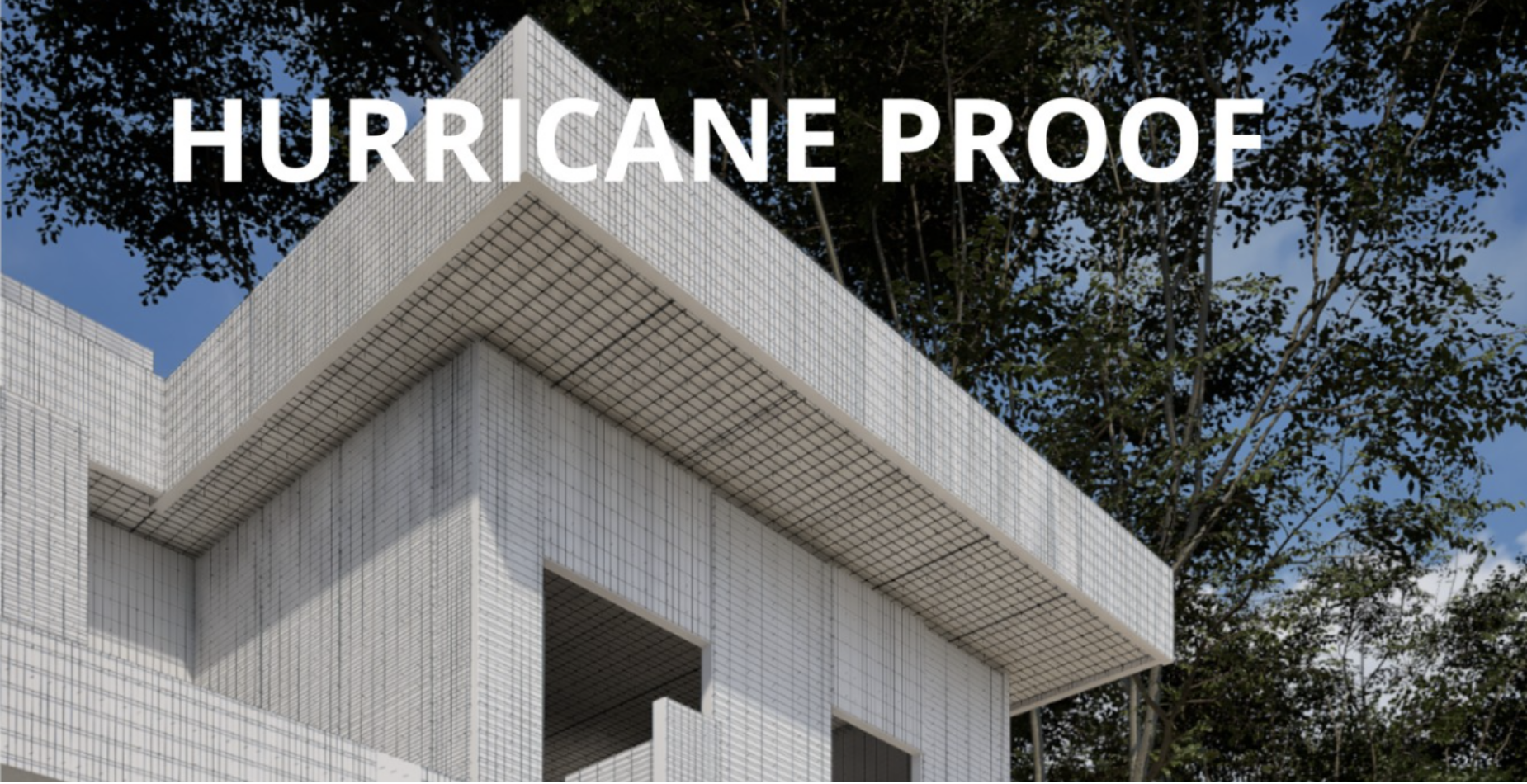
Here’s the truth up front: you can’t “switch your roof to SCIP.” A SCIP roof isn’t a standalone product you drop onto a conventional house; it’s one piece of a monolithic system. To unlock the real performance—strength, energy efficiency, and longevity—you build the walls and the roof in SCIP so the entire structure acts as one continuous shell. That’s building it correctly. And within that shell, the roof plays a starring role.
SCIP (Structural Concrete Insulated Panel) construction works because the roof, walls, and sometimes floors are tied together into a single, steel-reinforced, shotcrete-coated envelope. That continuity is what delivers the stiffness of a diaphragm, the airtightness of a true envelope, and the thermal mass that smooths temperature swings. Break the continuity and you break the benefits. Keep it monolithic and you get a shell that shrugs off weather, holds comfort, and lasts.
The roof is your building’s frontline. It takes the sun, the wind, the impact, and it closes the load path at the top of the structure. In a SCIP home, the roof isn’t just a cover—it’s the cap that locks the whole system together. That’s why it has to be SCIP if the walls are SCIP.
A typical SCIP roof panel starts with a rigid expanded polystyrene (EPS) core, often within 5-inch-thick panels. That core is sandwiched between welded wire mesh—commonly 14‑gauge galvanized wire in a tight 1×1 inch grid—stitched together by diagonal steel trusses of 3/16 inch galvanized wire, spaced about every 6 inches.
Both faces are then coated with structural mortar or concrete, usually 1 to 2 inches thick. For roof spans from roughly 12 to 32 feet, specialized roof panels are designed to carry loads with at least 2 inches of 3500 psi concrete at the top surface. Finished assemblies end up around 12 inches thick—monolithic, strong, and insulated.
SCIP’s superpower is combining insulation, airtightness, and thermal mass. While steady-state R-values for SCIP walls hover around R‑9, the whole-building dynamic performance (roof and floors included) typically exceeds R‑12, with certain roof panels achieving up to R‑36. In the real world, that can drive 50% to 80% reductions in heating and cooling costs.
Picture a Texas home holding a tight two-degree temperature band for six hours with the AC off during peak demand. Over a lifetime, a 3,000‑square‑foot SCIP home can keep more than a million pounds of carbon out of the atmosphere. That’s the payoff of a continuous shell—and the roof is a major reason it works.
SCIP roofs have a track record in the worst conditions. A well-documented coastal project known as the Crystal Beach house rode out Hurricane Ike while neighboring homes failed. With a UL Class 4 impact rating, its recycled rubber roof coating stayed intact, and the SCIP system is engineered to handle extreme winds up to 250 mph, far beyond typical hurricane-zone requirements when properly designed.
Fire resistance is integral. Standard SCIP roof assemblies test to one-hour fire ratings per ASTM E‑119, and thicker mortar can extend that to two hours. The EPS core used in these systems is self‑extinguishing and does not support combustion. In seismic events, full-scale SCIP structures have withstood extended shaking equivalent to magnitude 6.5–6.9 with no structural damage. Longevity is equally impressive: roof membranes like recycled rubber can run 50+ years, and the concrete structural coating is measured in generations—often 100 years or more.
Because SCIP panels carry loads, you can design boldly. Roofs can use deep SCIP beams reinforced with rebar—18 inches in some projects—with spanning panels reinforced on the underside at 16 inches on center. That opens the door for rooftop decks that hold jacuzzis, wet bars, and generous seating; elegant curves and rounded forms; and clean parapets for modern flat roofs. The result is architecture that’s both expressive and valuable.
Despite the performance, the process is efficient. Panels can be prefabricated up to about 40 feet long and are light before concrete—around 1 pound per square foot—so they ship and handle easily with smaller crews. On site, crews connect panels and apply concrete (often via shotcrete).
Flat roofs get a minimum of 2 inches of concrete at the edges with an integrated slope to drains, thickening toward the center as needed; steep-slope roofs typically get 2 inches of concrete over rebar. Temporary supports generally come out no sooner than seven days after placement. Material efficiency and reduced waste give SCIP genuine green credentials, especially when paired with recycled finishes like rubber membranes.
No. Not if your walls aren’t SCIP. A SCIP roof relies on the walls to create the monolithic shell that delivers the structural and energy performance. If you’re doing a conventional roof replacement on a wood or steel-framed house, SCIP isn’t the right tool. If you’re building new—or doing a full structural rebuild—SCIP becomes the ideal choice, and your roof is one of the most important reasons to go all-in.
Build it as a system. When the roof and walls are SCIP, you get a single, continuous, steel-reinforced, concrete-insulated shell that’s quiet, comfortable, efficient, and tough enough for serious weather. That’s not just a better roof; that’s a better building.
Want this tailored to your region, code requirements, and audience? Share your location and project type, and I can tune the post, add a call-to-action, and provide suggested SEO title and meta description